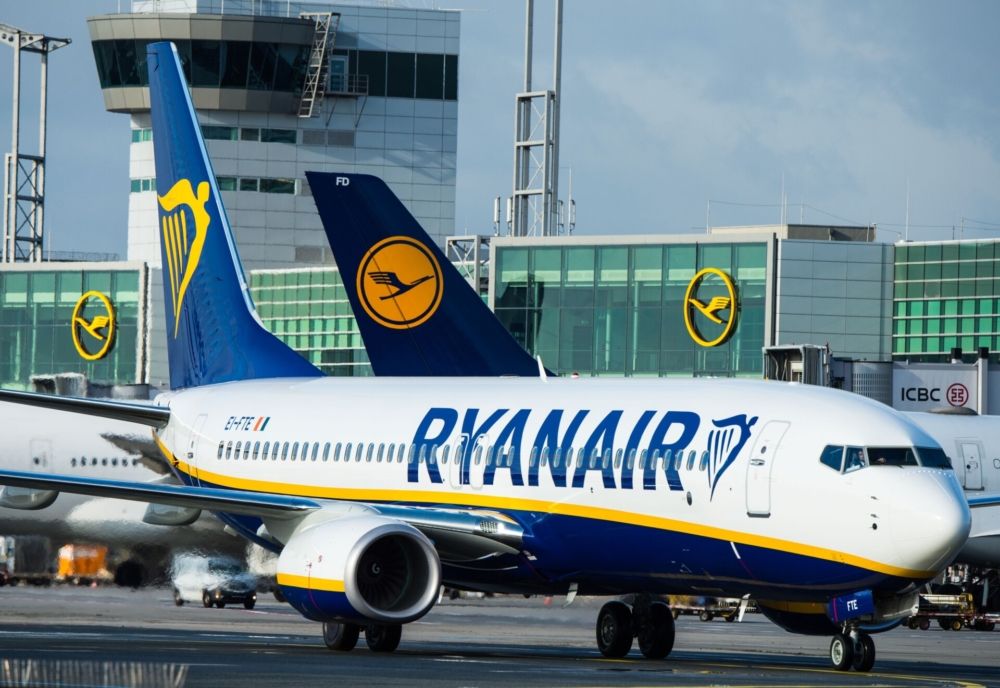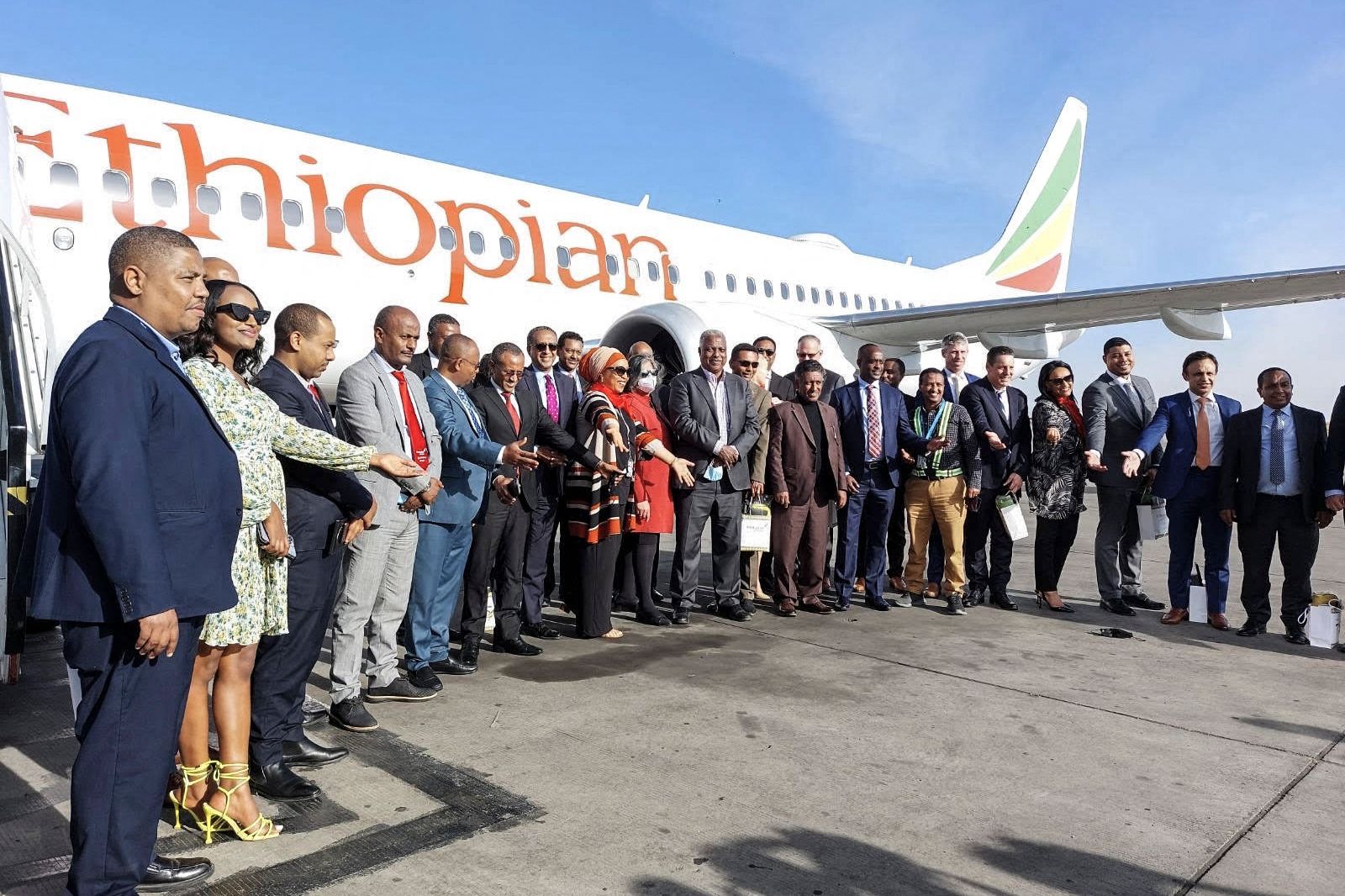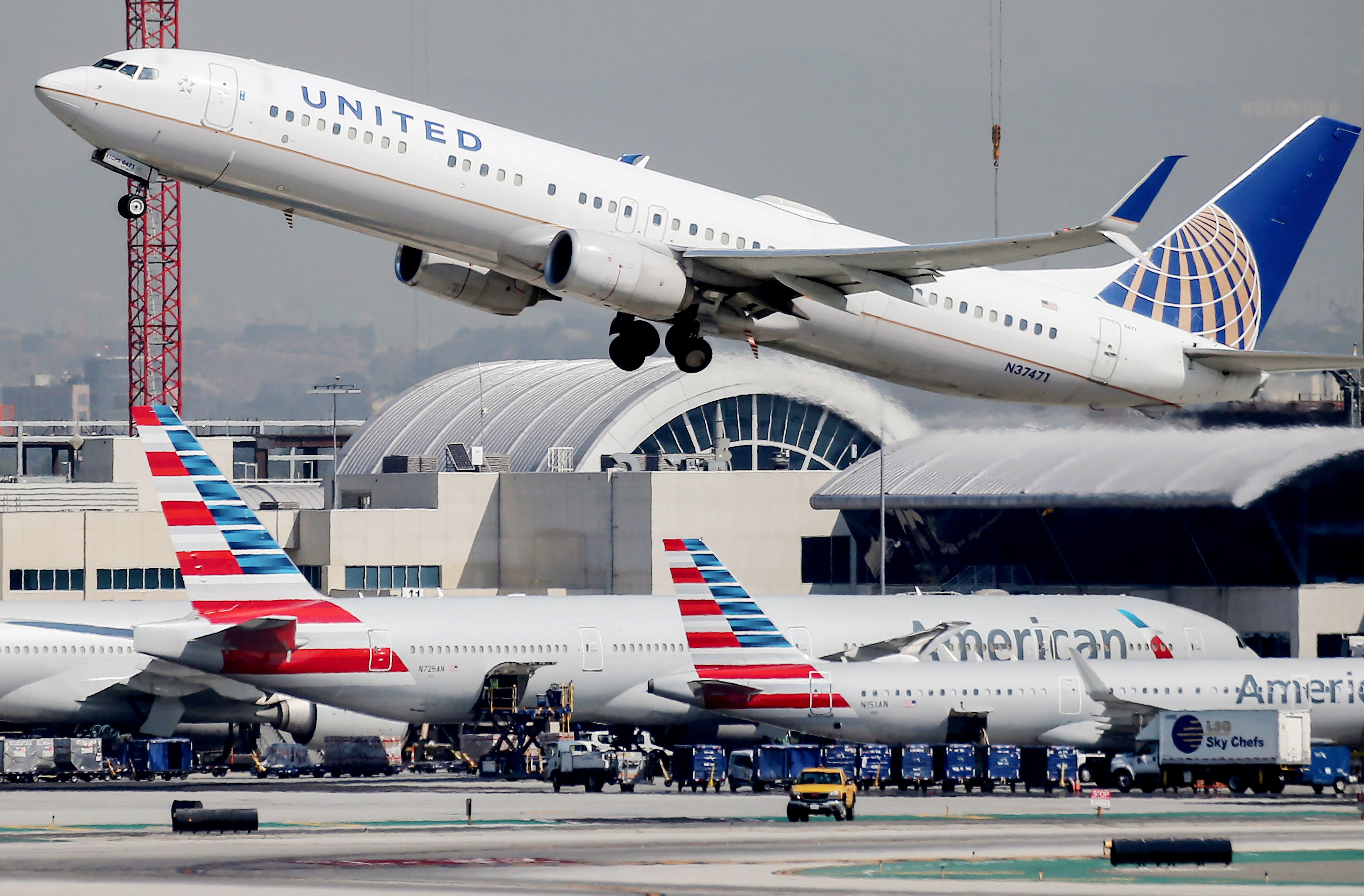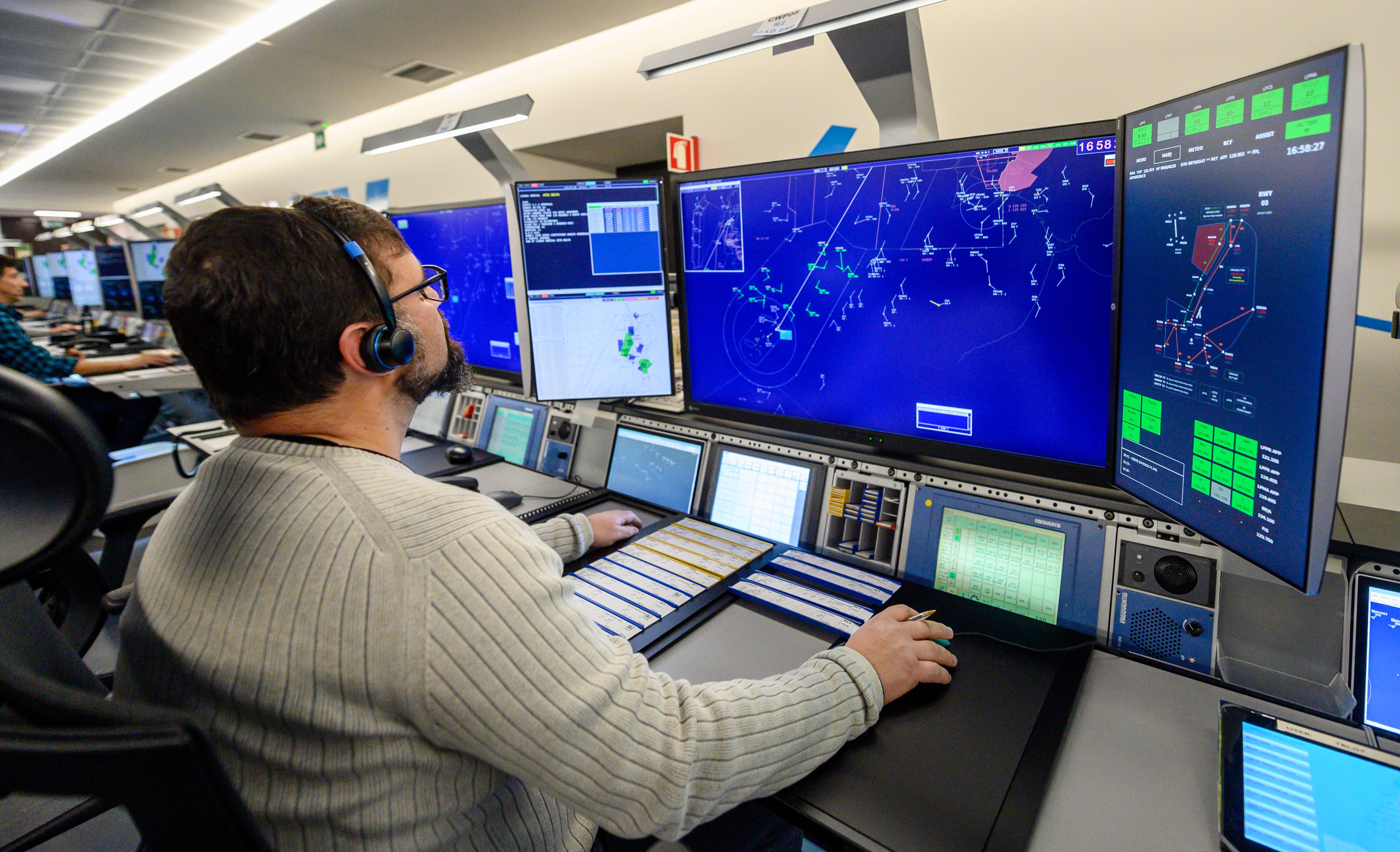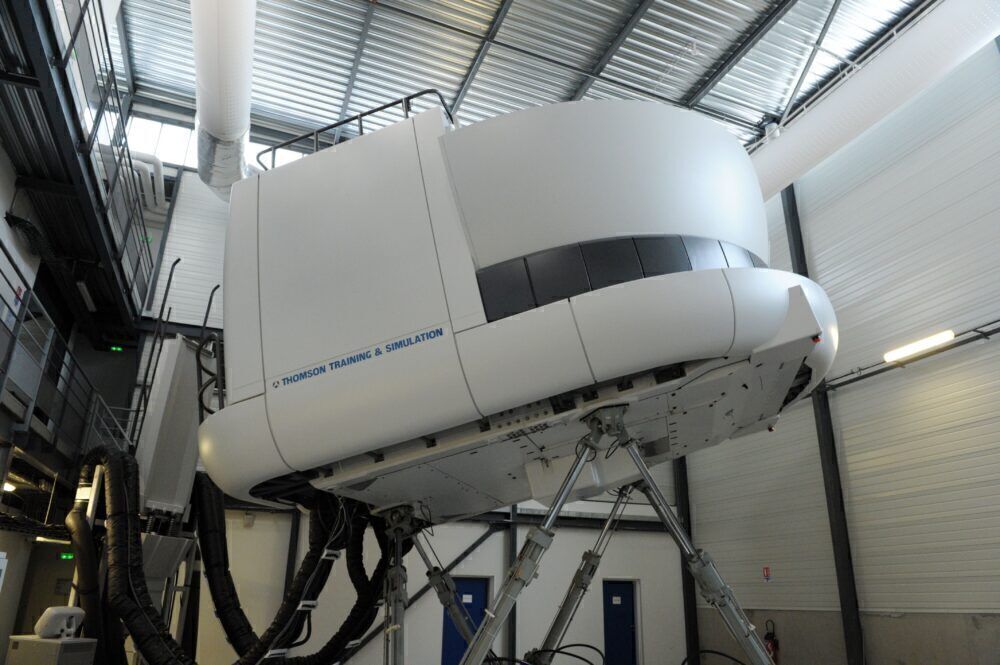Despite the two fatal accidents involving the Boeing 737 MAX crashes in 2019 and 2020, the aviation industry has been the safest it has ever been. For the last 100 years, engineers and safety experts have worked hard to improve aircraft reliability and safety at all levels. New technology, better training, and risk management has also played a big part in making flying safer than ever before.
We hear it all the time, and while it does not seem to make sense after, say, the crash of Ethiopian Airlines Flight 302 in which all 157 passengers and flight crew were killed, flying remains the safest form of travel.
Flying is safer than any other form of transport
According to the Civil Aviation Authority (CAA), flying fatalities per billion kilometers traveled by plane is 0.003%. By train, the figure jumps to 0.27 and by automobile to a massive 2.57. Statistically speaking, you have a much higher chance of being killed while riding your bicycle than in an airplane. Even dying after being hit by lightning is more likely than being killed in a plane crash. In a nutshell, dying in a plane crash in North America or Europe, where aviation is subject to strict rules, is around 29 million to one.
Airport safety has improved significantly
Since the 9/11 terrorist attacks in New York and Washington, the safety checks before a passenger is allowed to board an aircraft are much stricter. Long gone is the worry that the plane may be hijacked like they were in the 1970s and 80s. In fact, since 9/11, there has not been a single hijacking of an aircraft in 21 years.
An agreement on safety standardization and government regulations has helped in the following ways:
- Pilots from aviation authorities and government agencies regularly fly with commercial pilots in the cockpit to ensure they obey the rules.
- Civil aviation authorities oversee and review airline training procedures, audit maintenance records and ensure airport security is operating at the highest level.
- Agencies often assign one of their employees to act as a maintenance inspector at an airline to ensure all procedures and record keeping is being done correctly.
- Agencies send employees to oversee aircraft manufacturing facilities where they can check aircraft designs and ensure no corners are being cut when building aircraft.
Because of the safety measures, fatal air crashes have declined every decade since the 1950s. This is an incredible feat if you consider how many people are flying today compared to then. In 1959, a total of 40 fatal planes crashed for every million flights in the United States. Ten years later, this figure had declined to less than two fatal accidents for every million flights. Today the number is down to 0.1 for every million departures.
In 2014 the world's airlines carried a record 3.3 billion passengers. Out of all these flights, there were 12 fatal accidents that accounted for 641 deaths, according to information published by the International Air Transport Association (IATA). Using the above figures, the 2014 fatal accident rate works out to be 0.23, which equates to one accident for every 4.4 million flights.
Other contributing factors that have lowered the number of fatalities are a combination of factors, including the introduction of jet engines. Jets have proven to be so reliable compared to earlier piston engines that engine failures are almost unheard of these days. Modern electronics and navigation devices have also played a significant role, as has the ability to fly-by-wire. Anti-collision and terrain warning sensors and better flight management systems in Air Traffic Control (ATC) have also improved aircraft safety.
Human error nearly always a contributing factor
If you look back on fatal accidents and their causes, two crucial factors play a vital role: weather conditions and pilot error. Air crashes almost always follow a chain of events that involve human error. To help overcome this, pilots now have the advantage of training in state-of-the-art simulators that can prepare pilots for emergencies and help than brush up on their skills.
Data analysis can play a significant role in aviation safety as we move forward. Tapping into a vast pool of information collected from some 27 million flights each year will be vital to improving safety. While airline safety is at an all-time high, moving away from fossil fuels and introducing new propulsion systems is bound to create challenges that will need to be overcome.

